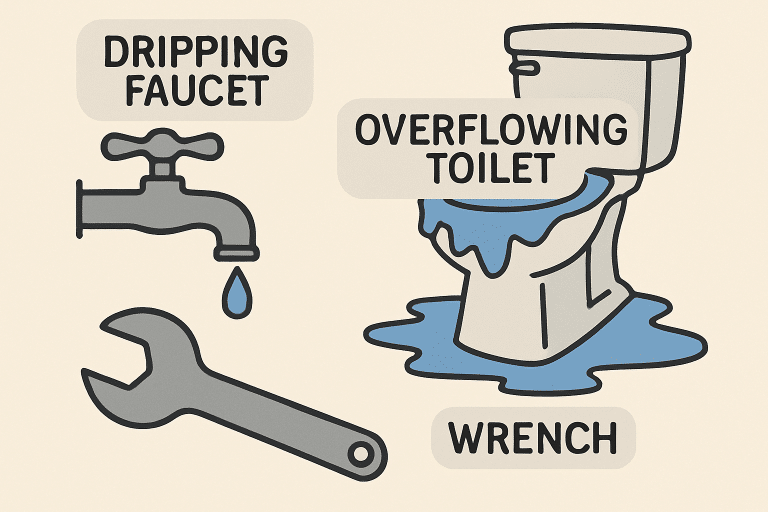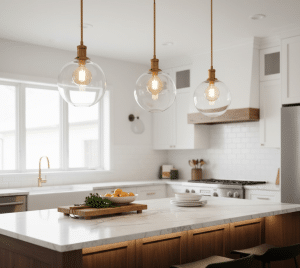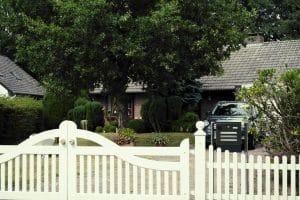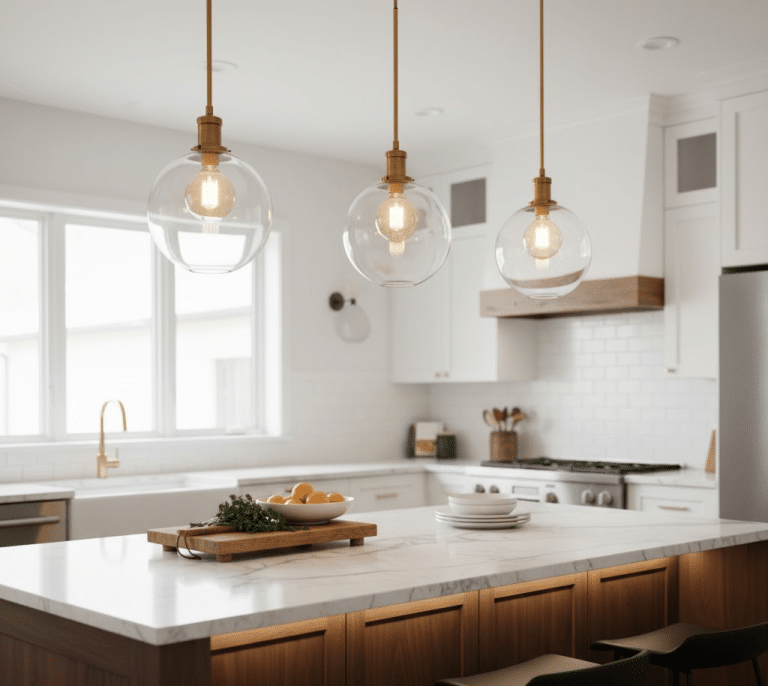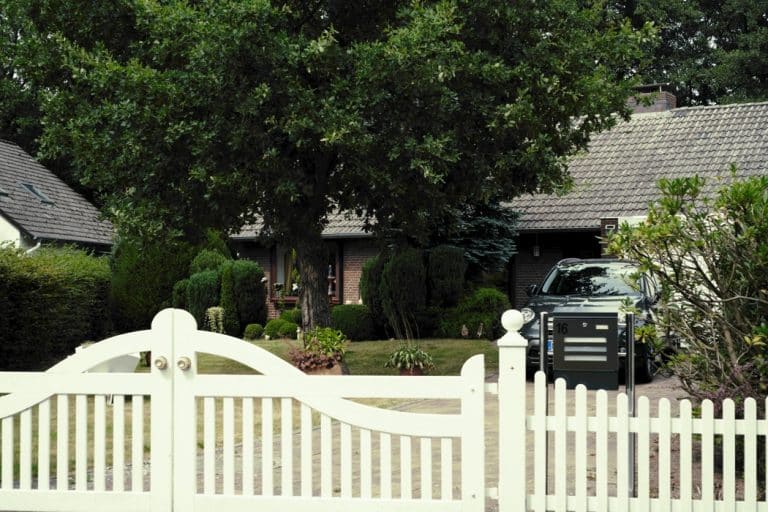Introduction
Dealing with sudden plumbing issues can be overwhelming, but knowing what to do in those crucial first moments can prevent costly water damage and keep your household safe. Acting efficiently can contain the crisis and buy valuable time until help arrives. When facing urgent plumbing disasters, it’s wise to enlist a professional like an Emergency plumber Erlanger who is equipped to handle severe and complex emergencies.
This guide provides step-by-step solutions for common plumbing emergencies, highlighting the importance of understanding basic steps to prevent property damage and health hazards. It covers common issues and provides clear instructions for immediate action. Being prepared helps maintain order and reduces anxiety in stressful situations, preparing individuals for disaster situations.
Burst Pipes
A burst pipe releases a rapid flow of water, which can soak floors, walls, and your belongings in minutes. Recognizing this emergency quickly and knowing your water shutoff location is essential.
- Shut Off the Main Water Supply: Find your home’s main water valve, typically found in the basement, crawl space, or near the street, and turn it off immediately to halt the water flow.
- Drain the System: Open all faucets and flush toilets to fully drain your pipes of residual water and reduce pressure.
- Contain the Leak: Use towels and buckets to absorb and divert water, protecting wood floors and furniture from water damage.
Overflowing Toilets
Overflowing toilets create instant water damage and potential health risks. Taking swift action can limit contamination and cleanup.
- Stop the Water Flow: Locate and turn the shutoff valve at the toilet’s base clockwise until tight, stopping further filling and overflow.
- Attempt to Clear the Clog: A plunger may resolve minor or localized clogs. Avoid further flushing until blockages clear.
Leaking Water Heaters
Leaking water heaters can destroy flooring and cause mold if not addressed. Recognize signs of leaks or corrosion early, and act immediately if you notice pooling water beneath the unit.
- Turn Off Power and Water Supply: For electric water heaters, flip the breaker. For gas models, turn off the gas valve, and always shut off the cold water supply.
- Drain the Tank: Attach a hose to the drain valve, directing water into a floor drain, tub, or outside. This relieves pressure and prevents further leaks.
Clogged Drains
Slow or backed-up drains often start as minor annoyances but can escalate to overflows and unsanitary conditions. Routine maintenance and knowing the right method for minor clogs make a big difference.
- Use a Plunger: For sinks or tubs, use a cup plunger to create suction over the drain and dislodge easy blockages.
- Try a Drain Snake: Stubborn blockages deeper in the pipe may require a hand-crank drain auger. Feed the snake into the drain and twist to break up or pull out debris.
- Avoid Chemical Cleaners: Commercial drain cleaners can corrode and weaken plumbing over time. Persistent clogs should prompt a call to a professional.


